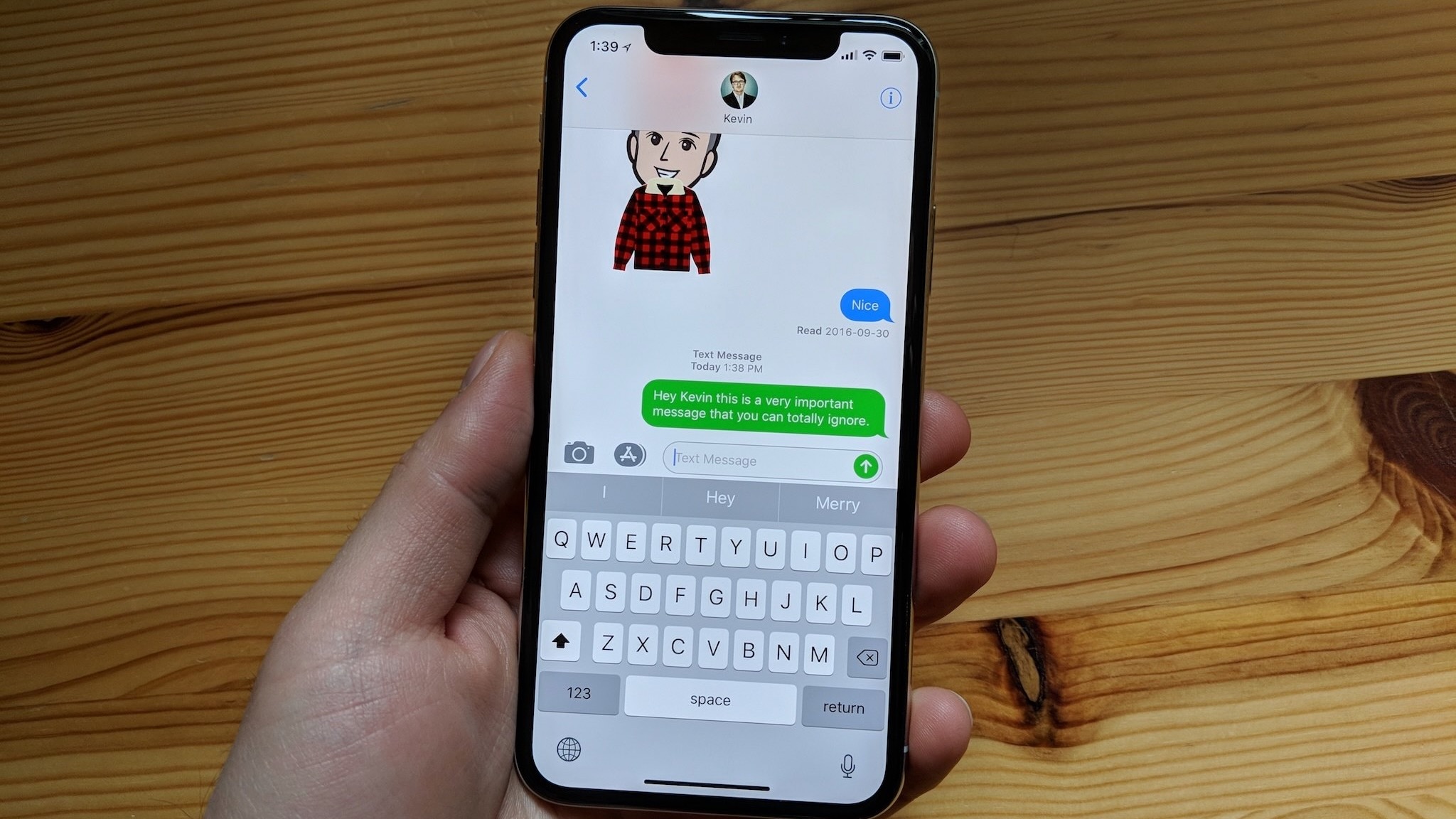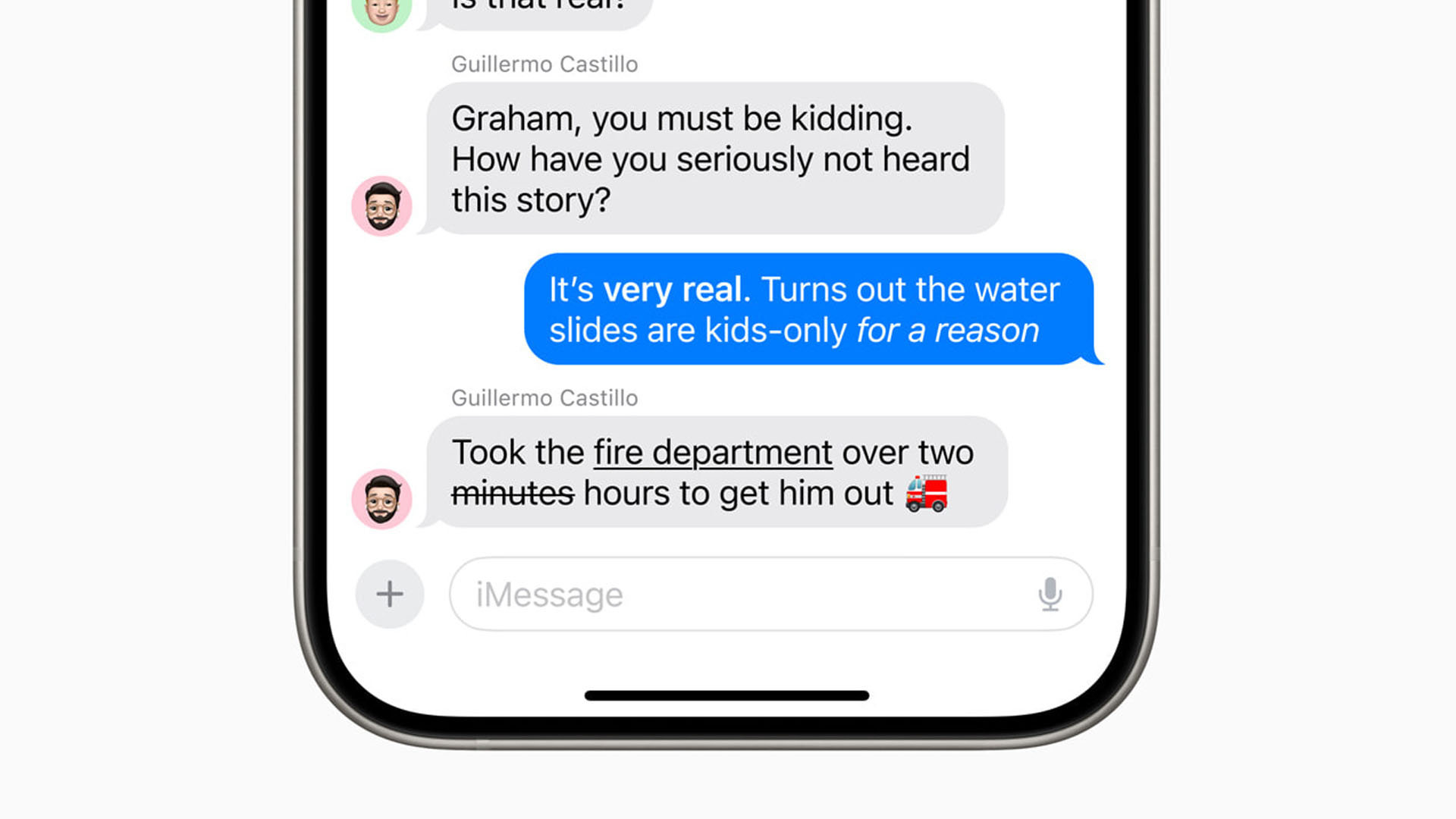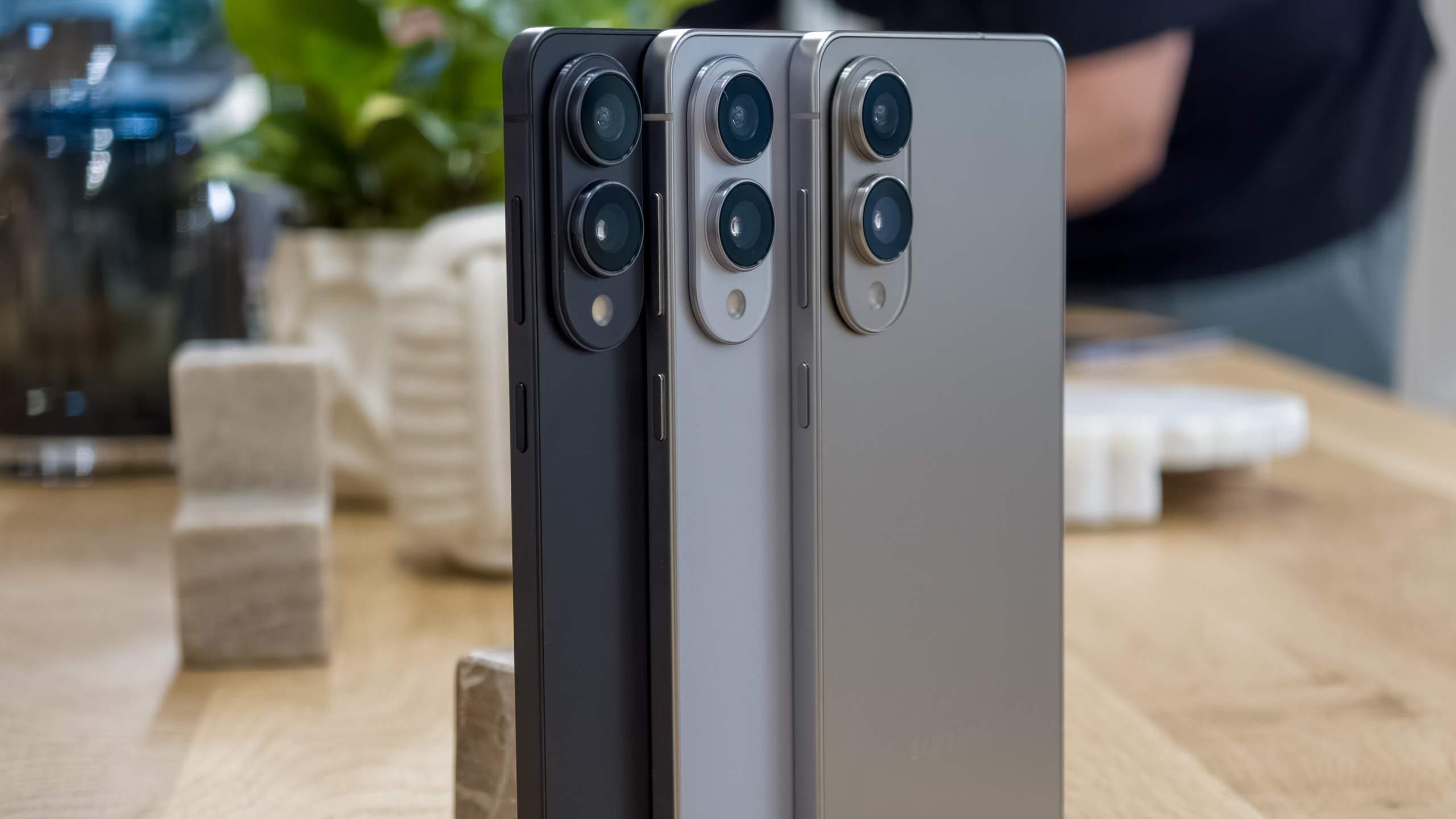Apple made RCS messaging an afterthought at WWDC, why wouldn’t it?
The most surprising part was that Apple gave RCS any screen time at all.

What you need to know
- iOS 18 will add support for RCS messaging on iPhones, improving the quality of texting between iOS and Android users.
- Despite this being a notable improvement, Apple barely gave the RCS messaging preview any screen time at WWDC.
- This isn’t surprising because RCS is still not iMessage, and that’s all that matters to Apple.
Apple previewed iOS 18 at the company’s WWDC 2024 developer conference, and there’s one big highlight for Android users — RCS messaging. After years of dealing with SMS and MMS messaging when texting an iPhone user from an Android phone, the experience will improve starting this fall. Android users have been waiting for this for a long time, yet Apple barely spoke about RCS messaging during its iOS 18 showcase. It was an afterthought that came separate from all the other messaging features in iOS 18.
It’s clear that Apple is not thrilled about adding RCS to the iPhone. The company wasn’t technically forced to support RCS, but the industry assumption is that it did so to try and appease the European Union. After all, at one point, iMessage was at risk of becoming a cross-platform service under Digital Markets Act requirements. A few months after Apple announced support for RCS messaging, the EU announced that iMessage wouldn’t fall under the “core platform service” designation.
Make no mistake, Apple’s choice to subtly reference RCS messaging during WWDC was intentional. The company isn’t thrilled about supporting it, and it doesn’t want to undercut iMessage in any way. There was a clear separation between iMessage and RCS in the keynote — both in terms of the times the features were announced and in the features themselves.
This isn’t surprising at all. Apple dropped the original announcement of RCS right in the hands of 9to5Mac, neglecting to even put out a press release or provide further details about the move, only adding that your bubbles will still be green. Apple doesn’t care about RCS, and to be honest, neither do the company’s users. It’s a move to appease regulators and nothing more, so why give it a bunch of stage time at WWDC?
RCS is coming to iOS 18, but who knows what it will look like

While Apple officially announced RCS messaging would come to iOS 18 at WWDC — before, we knew it was coming in 2024, but weren’t 100% sure when — it didn’t provide any new details. Apple is using the RCS Universal Profile, and this should let RCS messages send over Wi-Fi or data, allow for higher-quality photos and videos, and add key features like message reactions and read receipts. However, we also know that Apple is not replacing iMessage with RCS. Plenty of things that people love about iMessage will still be exclusive to that service.
We loaded up the first iOS 18 developer beta to see if there were any hints at how RCS might be implemented. When you draft a message in the Messages app on iOS, an empty text field will read either iMessage or Text Message. On iOS 18, the language is further clarified, reading "Text Message SMS." For now, there isn’t a way to send an RCS message in iOS 18. There isn’t even a new setting in the Messages tab in the redesigned iOS 18 Settings app related to RCS.
If Apple really doesn’t want RCS to come to iOS 18, it could delay its addition to the operating system until closer to its public release. We assume that Apple will want this tested externally before iOS 18 fully rolls out, so it’ll probably appear in a developer beta at some point. Until that happens, what RCS messaging will really look like in iOS 18 is anyone’s guess.
Get the latest news from Android Central, your trusted companion in the world of Android
Everything new to iMessage won’t work with RCS

Apple announced a few new Messages features in iOS 18, but didn’t bring up RCS at all during this portion of the showcase. I think this was intentional, making the point that the latest and greatest iOS has to offer won’t work with RCS. You can schedule iMessages for a later date or time, use new text formatting options like bold or strikethrough, and use any emoji to ”tapback” to messages.
Of these, we know that the Send Later feature won’t come to RCS chats, and neither will the new text formatting options. The new tapback emoji choices might work on Android with RCS, but if they do, it’ll be of no thanks to Apple. Google has already found ways to show tapbacks on Android with clever workarounds, and there’s no reason it couldn’t do the same with an expanded emoji library. After all, Android users have been able to react to messages with any emoji for a while now.
Either way, the point is the same. Apple didn’t talk much about RCS because there isn’t anything to talk about. It’s focused on adding new features to iMessage, and RCS is just there.
Apple wants you to know RCS still isn’t iMessage

The movement for RCS is twofold. There are technical reasons for wanting RCS, like improved security, more advanced features, and better media quality. Another important reason for wanting RCS on the iPhone is to try to erase the “green bubble” stigma. It’s a real thing, especially among younger generations. iPhone users don’t mock Android users because their texts use SMS instead of RCS. They mock them because any green bubble message is not iMessage. It’s that simple.
To be clear, I don’t think shaming people for their phone of choice is an okay thing to do, and not every iPhone user behaves this way. However, some do, and it’s why younger generations are flocking to iPhones at impossibly-high rates for fear of being labeled as an outcast.
For that, the RCS move does nothing. At the end of the day, RCS is not iMessage. And by the way Apple chose to reference (or, not reference) RCS at WWDC, I think it wants to remind users of that.

Brady is a tech journalist for Android Central, with a focus on news, phones, tablets, audio, wearables, and software. He has spent the last three years reporting and commenting on all things related to consumer technology for various publications. Brady graduated from St. John's University with a bachelor's degree in journalism. His work has been published in XDA, Android Police, Tech Advisor, iMore, Screen Rant, and Android Headlines. When he isn't experimenting with the latest tech, you can find Brady running or watching Big East basketball.
You must confirm your public display name before commenting
Please logout and then login again, you will then be prompted to enter your display name.
